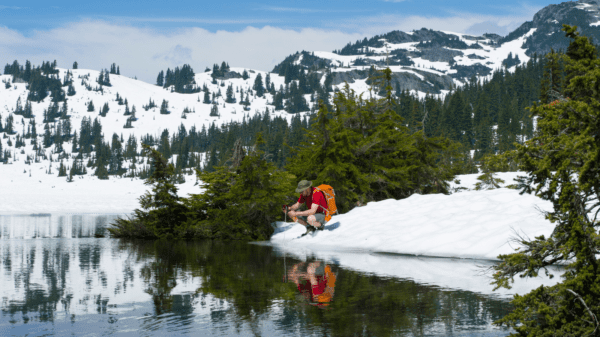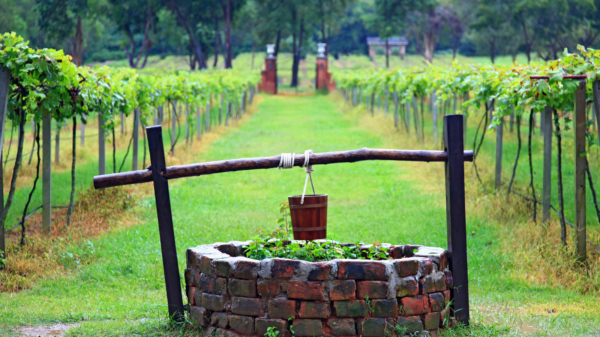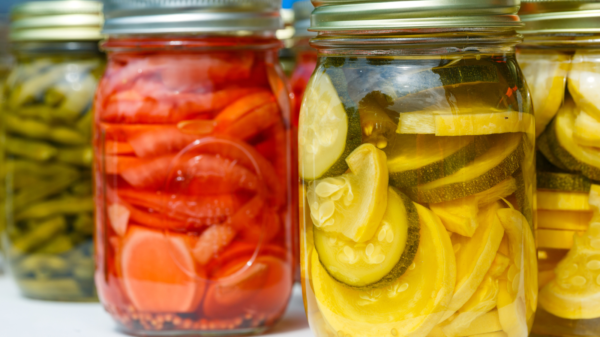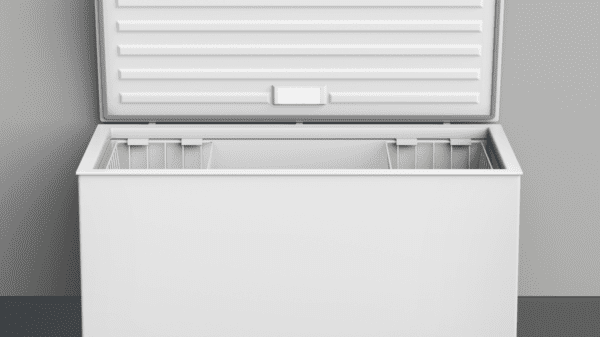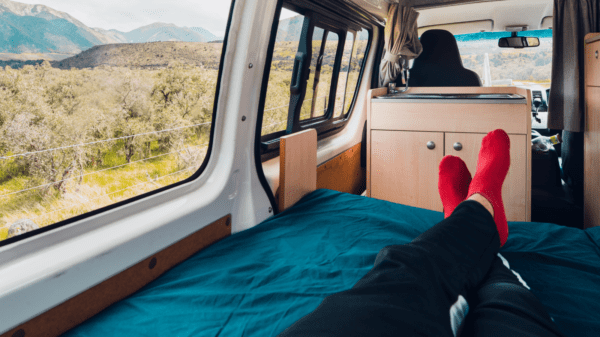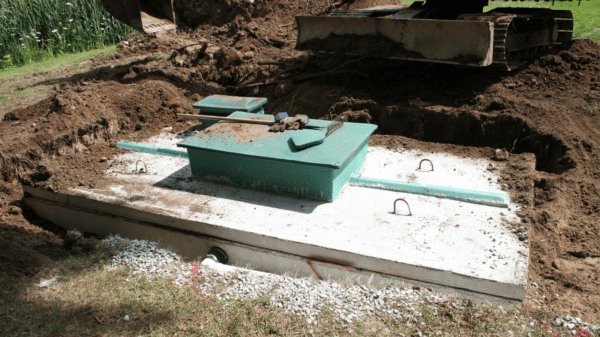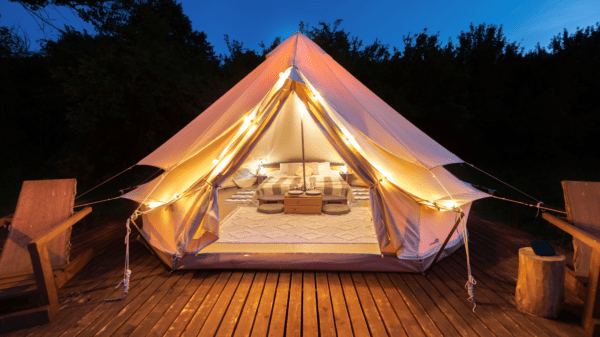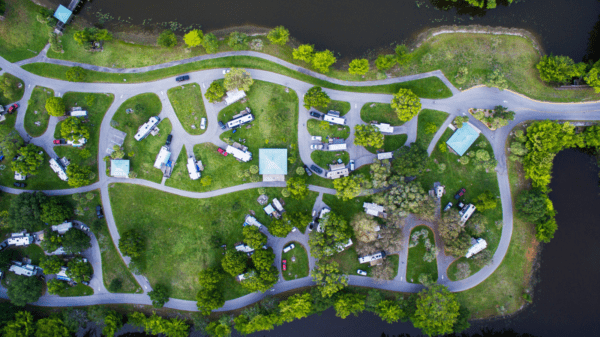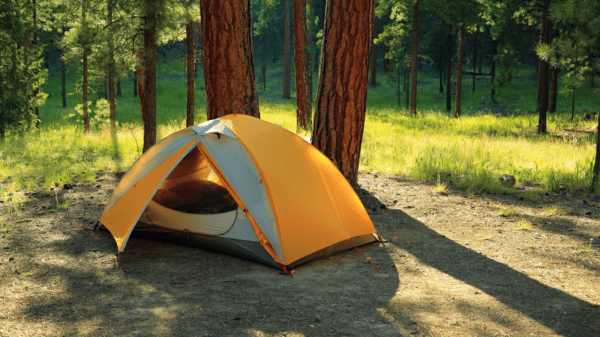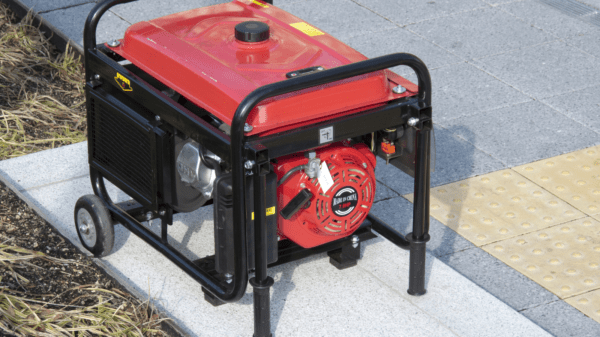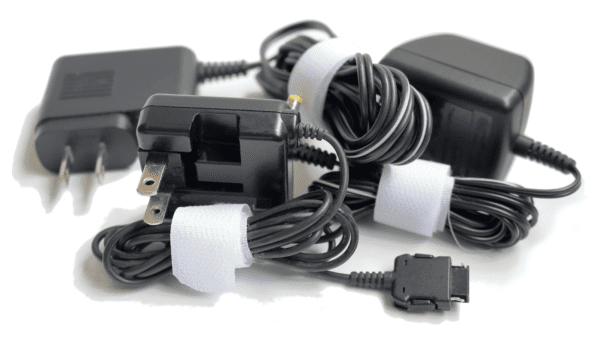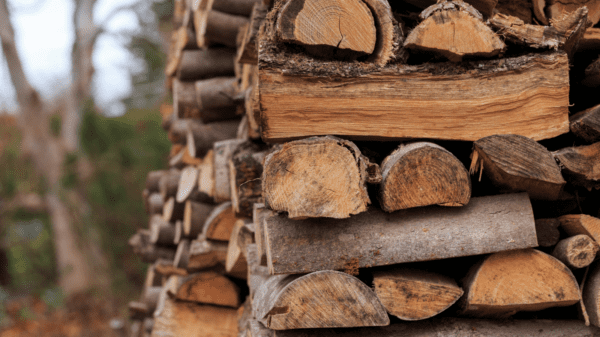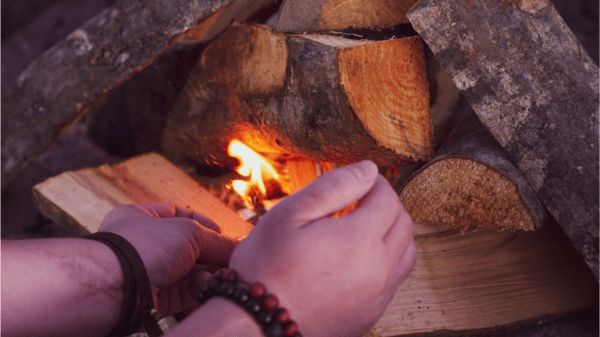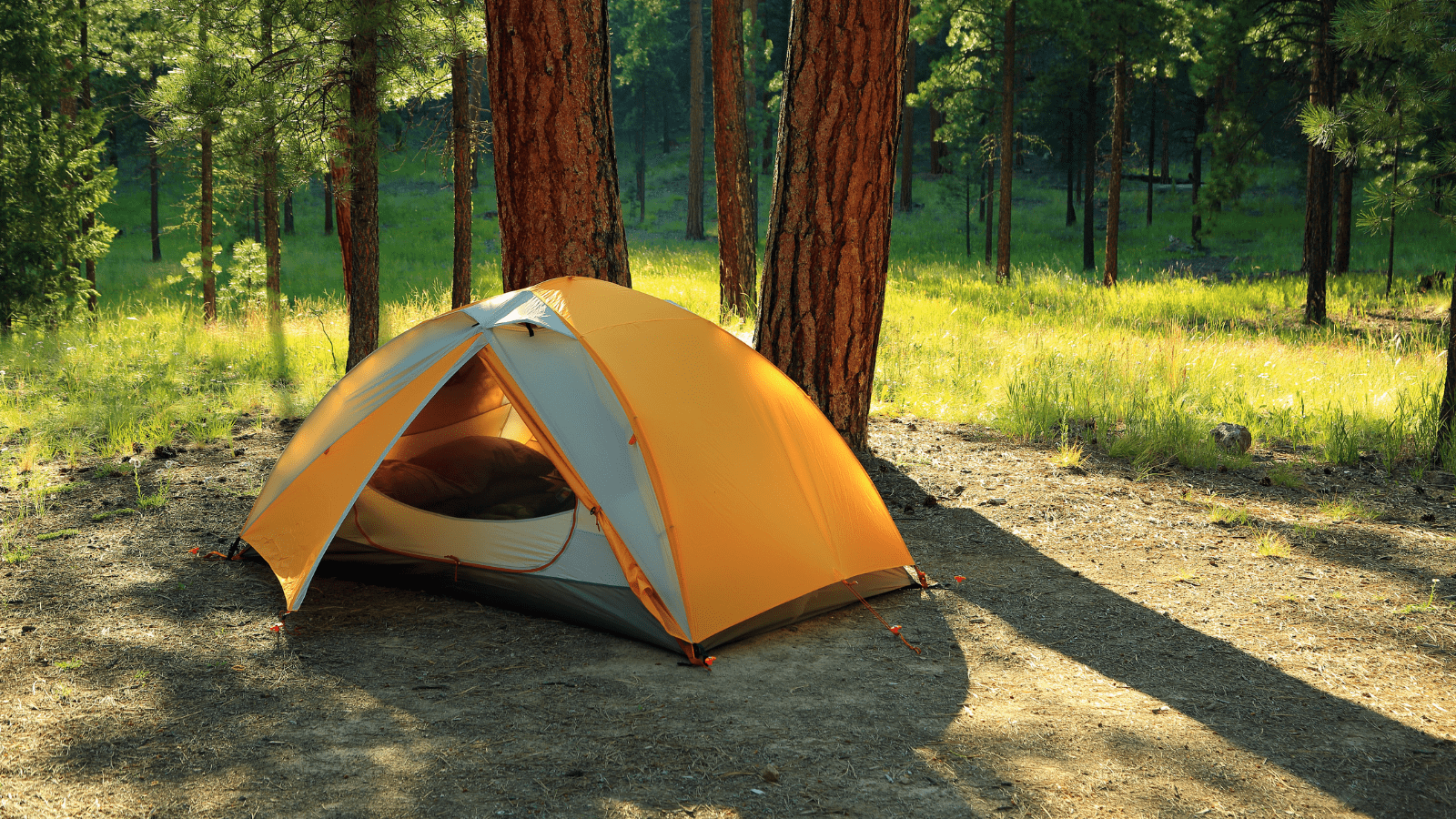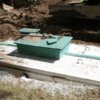Camping is a great way to disconnect from technology and connect with nature. One of the most essential pieces of gear for any camping trip is a tent. A tent provides shelter, privacy, and protection from the elements. However, with so many different tents on the market, choosing the right one can be overwhelming. In this blog post, we’ll cover everything you need to know to pick out the perfect tent for your next camping trip.
Table of Contents
Consider the type of camping you’ll be doing.
The first step in choosing a tent is to consider the type of camping you’ll be doing. Will you be backpacking or car camping? Will you be camping in a hot or cold climate? Will you be camping in the winter or summer? The type of camping you’ll be doing will determine the size, weight, and features you need in a tent.
Determine the size of the tent you need.
Once you’ve determined the type of camping you’ll be doing, you need to determine the size of the tent you need. Tents are usually measured by the number of people they can sleep. However, it’s important to keep in mind that a four-person tent doesn’t mean it will comfortably sleep four people with gear. A good rule of thumb is to add one person to the number of people who will be sleeping in the tent to ensure there is enough space for gear and personal items.
Consider the weight of the tent.
If you’ll be backpacking, the weight of the tent is a critical factor. Backpacking tents are designed to be lightweight and packable. They are typically made of lightweight materials like nylon and use lightweight poles. If you’ll be car camping, weight isn’t as much of a concern, and you can opt for a larger, heavier tent.
Look at the tent’s features.
Once you’ve determined the size and weight of the tent you need, it’s time to look at the tent’s features. Some features to consider include:
- Seasonality: Tents are rated for different seasons, with three-season tents being the most common. Four-season tents are designed for winter camping and are typically heavier and more expensive.
- Tent shape: Tents come in a variety of shapes, including dome, cabin, and tunnel. Dome tents are the most common and offer good wind resistance. Cabin tents are tall and offer more headroom. Tunnel tents are designed for backpacking and are typically the lightest.
- Materials: Tents are typically made of nylon or polyester. Nylon is lightweight and durable, while polyester is more resistant to UV rays.
- Poles: Tents can have either aluminum or fiberglass poles. Aluminum poles are more durable and lightweight, while fiberglass poles are more affordable.
- Doors: Tents can have one or multiple doors. Multiple doors offer easier access and better ventilation.
- Vestibules: Some tents come with vestibules, which are covered areas outside the tent where you can store gear or cook.
Dome Tent Type
| Feature | Pros | Cons |
|---|---|---|
| Easy Setup | Quick and simple setup | Less headroom, may not withstand high winds |
| Spacious Interior | Offers more space for gear and movement | Bulky and heavier |
| Good Wind Resistance | Aerodynamic shape reduces wind resistance | Less stable in extreme weather conditions |
| Freestanding | Can be set up without stakes | Less stable on uneven or rocky surfaces |
| Rainfly | Provides additional protection from rain | Adds weight and bulkiness |
Tunnel Tent type
| Feature | Pros | Cons |
|---|---|---|
| Ventilation | Minimizes condensation and improves airflow | May compromise insulation in cold weather |
| Lightweight | Less weight makes it easier to carry | Limited headroom and interior space |
| Wind Resistant | Streamlined shape enhances wind resistance | Requires guylines for stability |
| Extended Vestibule | Extra storage space for gear and boots | Can be susceptible to wind and rain |
| Easy to Pitch | Efficient setup with fewer poles | Less stability in strong winds |
| Multiple Entrances | Convenient access and improved airflow | Compromises insulation in colder climates |
Cabin Tent Type
| Feature | Pros | Cons |
|---|---|---|
| Good Ventilation | Reduces condensation and enhances airflow | May not provide adequate warmth |
| Vertical Walls | Maximizes usable space and headroom | Less stable in windy conditions |
| Family-Friendly | Accommodates larger groups and families | Heavier and bulkier |
| Stand-Up Height | Allows comfortable movement inside | Challenging to set up and transport |
| Multiple Rooms | Provides privacy and separate living areas | Reduced airflow and ventilation |
| Extra Storage | Multiple pockets and gear lofts for storage | Limited wind resistance |
| Weather Resistance | Sturdy construction for various climates | Less efficient heat retention |
Look at reviews and ratings.
Once you’ve narrowed down your options, it’s important to look at reviews and ratings from other campers. Look for tents with high ratings and positive reviews. Pay attention to any common complaints or issues that other campers have had with the tent.
When selecting a tent, it’s essential to have access to helpful resources that provide valuable information and reviews. Here’s a list of resources that can assist you in choosing the right tent:
- Outdoor Gear Lab: This website offers in-depth reviews, comparisons, and buying guides for various outdoor gear, including tents. They provide detailed analysis and ratings based on factors like durability, weather resistance, ease of setup, and more. Visit: Outdoor Gear Lab.
- REI Co-op: REI provides a wealth of resources for outdoor enthusiasts. Their tent buying guide helps you understand different tent types, features, and factors to consider. They also have customer reviews and expert advice to aid your decision-making process. Visit: REI Co-op Tent Buying Guide.
- Section Hiker: This website offers comprehensive backpacking gear guides, including tents. You can find detailed reviews, recommendations, and tips from experienced backpackers. They also cover various camping and hiking topics to enhance your outdoor knowledge. Visit: Section Hiker – Tents.
- OutdoorGearLab YouTube Channel: OutdoorGearLab has an informative YouTube channel where they review and compare outdoor gear, including tents. Watching their video reviews can give you a visual understanding of different tent features and performance. Visit: OutdoorGearLab YouTube Channel.
- Backpacker Magazine: Backpacker Magazine’s website provides a range of articles, tips, and gear reviews. They have a specific section dedicated to tents, offering expert advice and recommendations to assist you in your tent selection process. Visit: Backpacker Magazine – Tents.
- Amazon Customer Reviews: Checking customer reviews on Amazon can give you valuable insights from individuals who have purchased and used specific tent models. It’s helpful to read a variety of reviews to get a balanced perspective on a tent’s performance, durability, and other factors. Visit: Amazon – Camping Tents.
In conclusion, picking out the perfect tent for your next camping trip requires considering the type of camping you’ll be doing, determining the size and weight of the tent you need, looking at the tent’s features, and looking at reviews and ratings from other campers. By following these tips, you’ll be well on your way to finding the perfect tent for your next camping adventure.
Let us know if you have a favorite tent in the comments.


